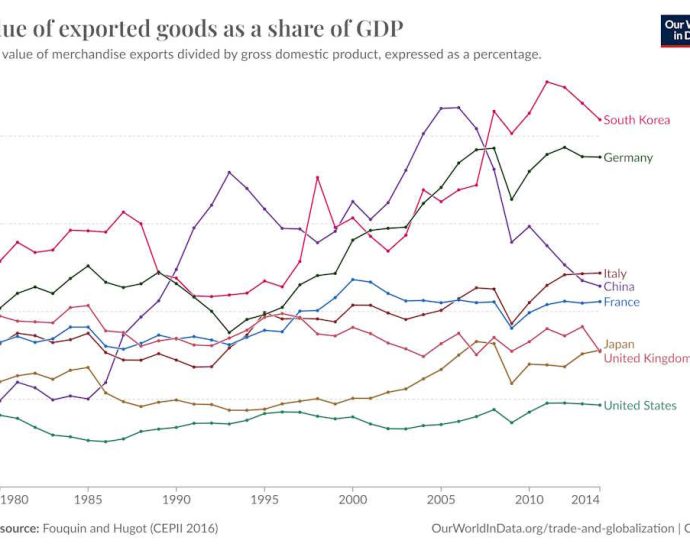Thousands evacuated as record rains pound northern Japan
Tokyo: According to officials and media reports from Friday ( Jul 26 ), record heavy rain forced the evacuation of thousands of people across parts of northern Japan as rivers burst their banks wreak havoc on bridges and cars. In Yamagata and Akita regions on the major area of Honshu,Continue Reading




























